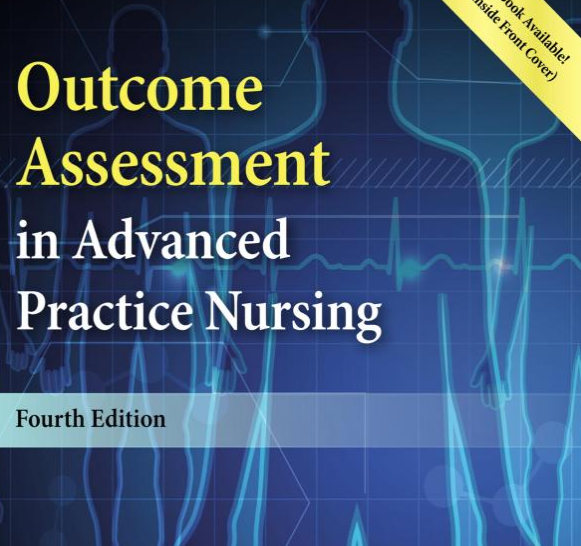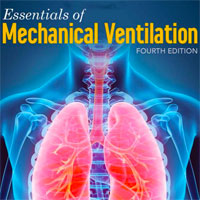Tag: research
Comparison of Diagnostic Accuracy Among Procalcitonin, C-reactive protein, and Interleukin 6 for Blood Culture Positivity in General ICU Patients
Despite various technological advances, it still usually takes at least 24 to 48 h to obtain a blood culture result. The subsequent delays in diagnosis and treatment of infection can negatively impact care in the intensive... read more
More Precise Sepsis Therapy with Distinct Clinical Phenotypes
In this retrospective analysis of data sets from patients with sepsis, 4 clinical phenotypes were identified that correlated with host-response patterns and clinical outcomes, and simulations suggested these phenotypes may... read more
Laryngeal Injury and Upper Airway Symptoms After Oral Endotracheal Intubation With Mechanical Ventilation During Critical Care
Laryngeal injury from intubation is common in the ICU setting. Guidelines for laryngeal assessment and postextubation surveillance do not exist. A systematic approach to more robust investigations could increase knowledge... read more
Department-Based ICU Improves Patient Survival Rates
A new Michigan Medicine study found that implementing a dedicated emergency medicine department-based intensive care unit improved patient survival rates and lowered inpatient intensive care unit (ICU) admissions. In the... read more
Outcome Assessment in Advanced Practice Nursing
As the role of the nurse continues to expand in today's healthcare environment, APRNs and DNPs are more frequently tasked with quantifying, evaluating, and improving their individual care processes, as well as demonstrating... read more

Serum Chloride Levels in Critical Illness – The Hidden Story
Chloride is the principal anion of the extracellular fluid and vital for both serum electroneutrality and acid-base homeostasis. The aim of this review is to investigate the relevance of dyschloremia in the critically... read more
Possible Link Between Splanchnic Circulatory Changes and Exhaled CH4
The aim of this study was to explore the possible link between splanchnic circulatory changes and exhaled CH4 in an attempt to recognize intestinal perfusion failure. Methane (CH4) breath test is an established diagnostic... read more
Amount of Muscle Mass During ICU Admission May Be Linked to Survival
In the study cohort, ICU admission pectoralis muscle area (PMA) was associated with survival during and following critical illness; it was unable to predict regaining an independent lifestyle following discharge. ICU admission... read more
Association of an Emergency Department–Based ICU With Survival and Inpatient ICU Admissions
The purpose of this study is to determine the association of a novel ED-based ICU, the Emergency Critical Care Center (EC3), with 30-day mortality and inpatient ICU admission. In this cohort study of 349,310 patient encounters... read more
Essentials of Mechanical Ventilation
The acclaimed application-based guide to adult mechanical ventilation, updated to reflect the latest topics and practice guidelines. This practical guide is written from the perspective of authors who have nearly 100 years'... read more

Systematic Reviews and Meta-Analyses in Critical Care Research
This webinar provides an overview of the key steps involved in systematic reviews and meta-analysis for those interested in using these approaches in their own research. As the volume of published research in critical... read more
Clustering Algorithms Usage in Critical Care Research Unravel Patient Heterogeneity
Critically ill patients constitute the most heterogeneous population in the hospital, with the highest rates of acute and chronic multi-morbidity. Daily, two critically ill patients are admitted to the ICU with the same... read more
ARDS Survivors Often Leave ICU with Prolonged PICS
Patients who survive acute respiratory distress syndrome (ARDS) often leave ICU with debilitating mental, physical, or cognitive problems that may limit their quality of life. These challenges are called post-intensive care... read more
Low-value Clinical Practices in Acute Injury Care
This study fills a major knowledge gap on medical procedure overuse in acute injury care. Results will inform research priorities and the development of metrics to measure overuse. This knowledge will provide a solid basis... read more
Procalcitonin-Guided Antimicrobial Therapy in Critical Care
Procalcitonin guidance for antibiotic cessation improves short-term mortality in ICU patients. Previous meta-analyses showed that procalcitonin-guided antimicrobial management, compared with standard care, resulted in less... read more
Pain in the PICU: How and What Are We Doing?
Pain management in critically ill children is complex. Epidemiological research is needed to identify how often patients in pediatric intensive care units (PICU) experience pain and the practices being used to lessen pain. Critically... read more
Patients Identify Female Physicians as Doctors Less Than Male Physicians
Patients correctly identify female attending physicians as doctors significantly less frequently than they identify male attending physicians as doctors. Patients correctly identify male nurses as nurses significantly less... read more
Penn Finds a Way to Reduce ICU Doctor Burnout
Reducing the length of rotations in medical ICUs in half also reduces rates of physician burnout in half while additionally improving feelings of fulfillment, according to a new pilot study from Penn Medicine. The results... read more
Practical Management of Invasive Candidiasis in Critically Ill Patients
The heterogeneity of this patient population necessitated the creation of a mixed working group comprising experts in clinical microbiology, infectious diseases and intensive care medicine, all chosen on the basis of their... read more
The Glutamine Debate in Surgery and Critical Care
Three recent meta-analyses have confirmed traditional glutamine (GLN)-supplemented (or "GLN-Complemented" – providing GLN for completeness of amino acid content) TPN is safe, reduces mortality and improves outcome in surgical... read more
Oxygen Use, Lower Lung Function Seen as Predictors of Death or Transplant in IPF
The use of oxygen at rest is associated with a greater likelihood of death or lung transplant in people with idiopathic pulmonary fibrosis (IPF), a study shows. The results also showed that lower lung function at the start... read more
Positive Outcomes, Mortality Rates, and Publication Bias in Septic Shock Trials
Out of 65 eligible septic shock trials, 14 did not have a clearly defined control group (two standards of care were compared) and were excluded. For the 51 remaining trials, control-group mortality ranged between 15.9%... read more









